An earthquake in China about 500 years ago killed 100,000 people in just one day.
On the morning of January 23, 1556, a violent earthquake rocked Shaanxi Province, then considered the “cradle of Chinese civilization.” The quake lasted only a few seconds, but it is estimated that it directly killed 100,000 people, and triggered a chain of landslides, sinkholes, fires, migrations, and famines, killing a total of 830,000 people.
The number is not as high as the total number of deaths in major events such as World War I and World War II, or in pandemics, famines, and floods. But considering the extent of damage in a single day, the Shaanxi earthquake - also known as the Jiajing earthquake because it occurred during the reign of Emperor Jiajing of the Ming Dynasty - is considered the deadliest in history, Science Alert reported on July 6.
Experts estimate the Shaanxi earthquake to be between 8 and 8.3 magnitude. Despite its relatively low magnitude, the disaster is classified as XI (Extremely Strong) on the modified Mercalli scale, which measures the shaking of an earthquake.
Several stronger earthquakes occurred before and after. However, due to the geology and urban design of the place in 1556, the disaster caused unusually large damage to the neighboring cities of Huaxian, Weinan, and Huayin.
The Local Chronicle, which dates back to 1177 BC, describes the devastation caused by the earthquake in detail, even stating that mountains and rivers shifted their positions. "In some places, the ground suddenly rose up to form new hills, or suddenly sank down and became valleys. In other places, a stream suddenly gushed out, or the earth split open and new water channels appeared. Tents, official houses, temples and city walls suddenly collapsed," the chronicle wrote.
Fissures opened in the ground more than 18 meters deep. In Huaxian, every building collapsed and about 60% of the population died in the area near the epicenter.
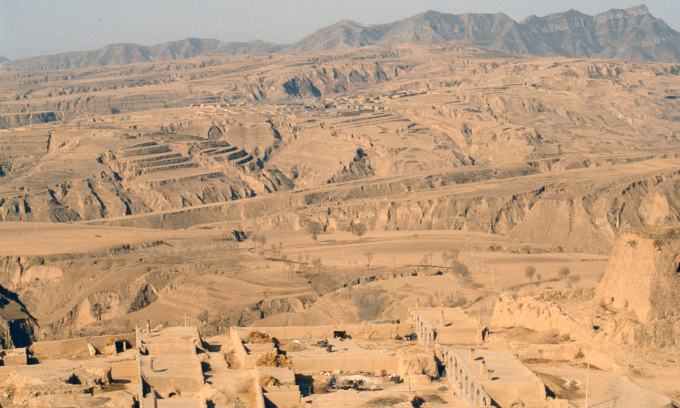
Loess landscape in Shaanxi province, China. Photo: Wikimedia
The epicenter was in the Wei River valley, which has a unique geology because it passes through the Loess Plateau in north-central China. The plateau is located southeast of the Gobi Desert and is made up of loess—a silt-like sediment created by the accumulation of dust blown in from the desert.
Today, people know that deadly landslides are common on the plateau. But at the time, many houses were built directly into the soft loess rock, creating caves called yaodongs. When the earthquake struck early in the morning, many of these artificial caves collapsed, burying people inside and causing landslides across the plateau. Furthermore, many of the city’s buildings at that time were made of heavy stone, causing heavy damage when they collapsed.
There are three major faults running through the area: the North Huashan Fault, the Piedmont Fault, and the Weihe Fault. According to a 1998 geological analysis by a team from Peking University of the 1556 earthquake, the North Huashan Fault played an important role in the Shaanxi incident, as its scale and displacement were the largest.
The Shaanxi earthquake prompted experts to look into the causes and ways to reduce earthquake damage: stone structures were replaced with softer, more earthquake-resistant materials such as bamboo and wood.
Thu Thao (According to Science Alert )
Source link




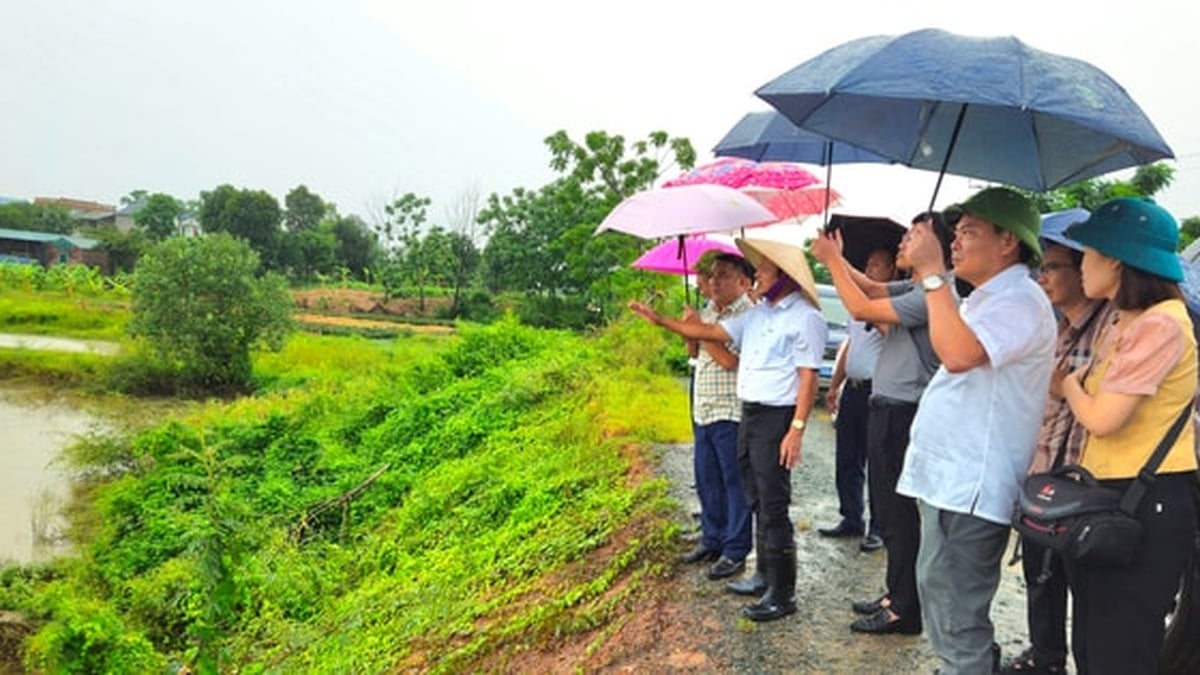

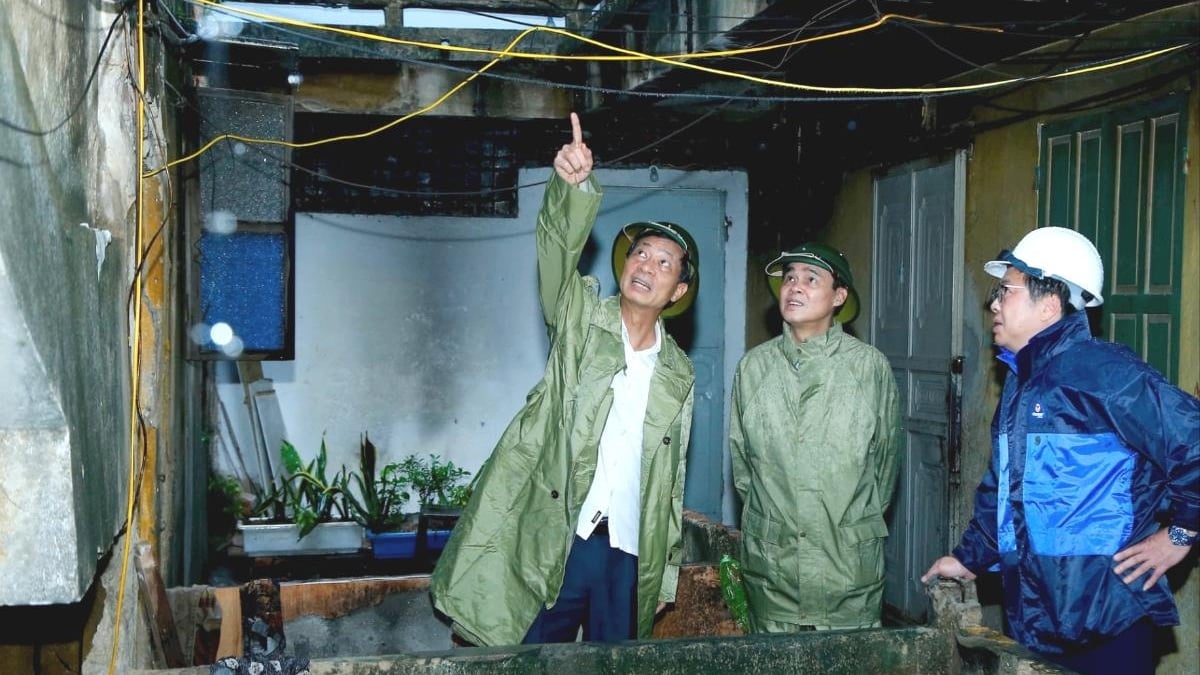




















![[Photo] National Assembly Chairman Tran Thanh Man visits Vietnamese Heroic Mother Ta Thi Tran](https://vphoto.vietnam.vn/thumb/1200x675/vietnam/resource/IMAGE/2025/7/20/765c0bd057dd44ad83ab89fe0255b783)





































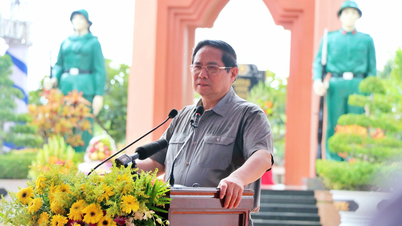
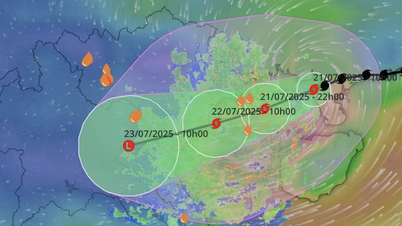

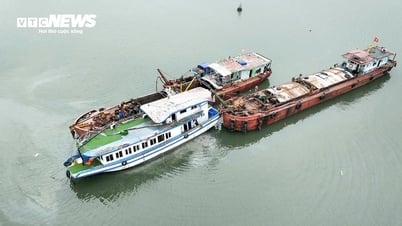









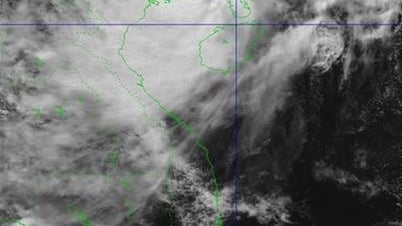



















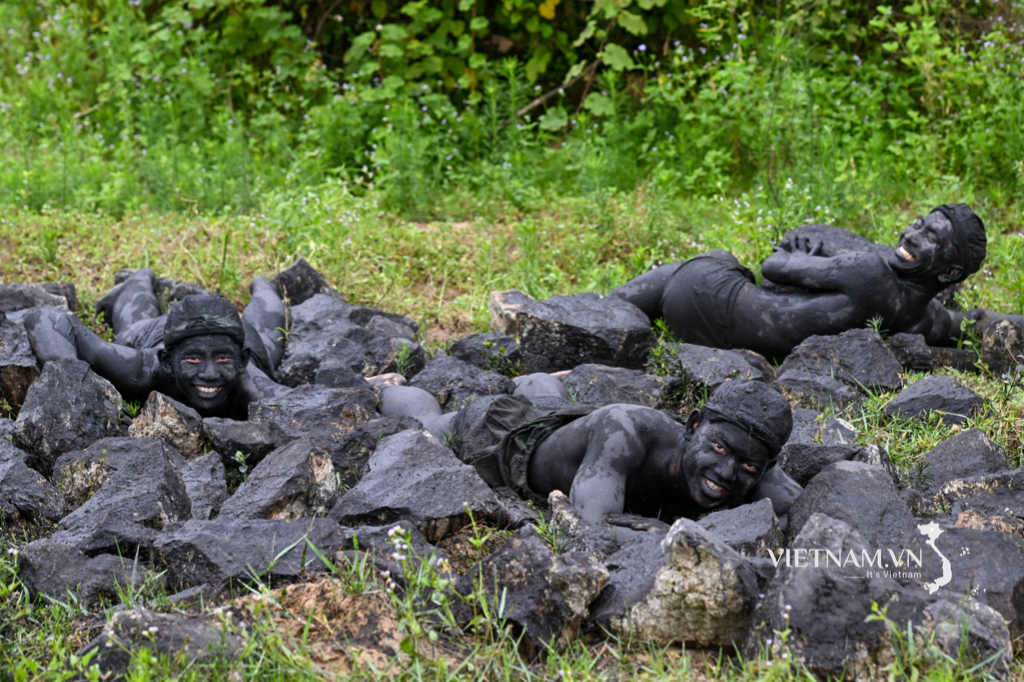
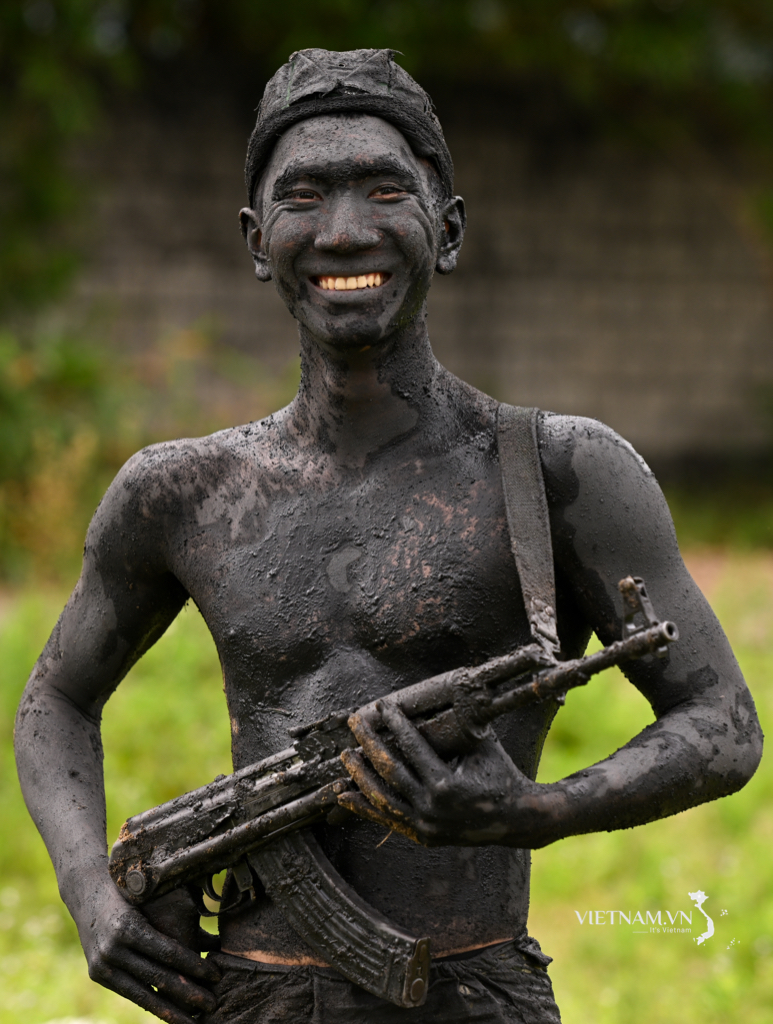
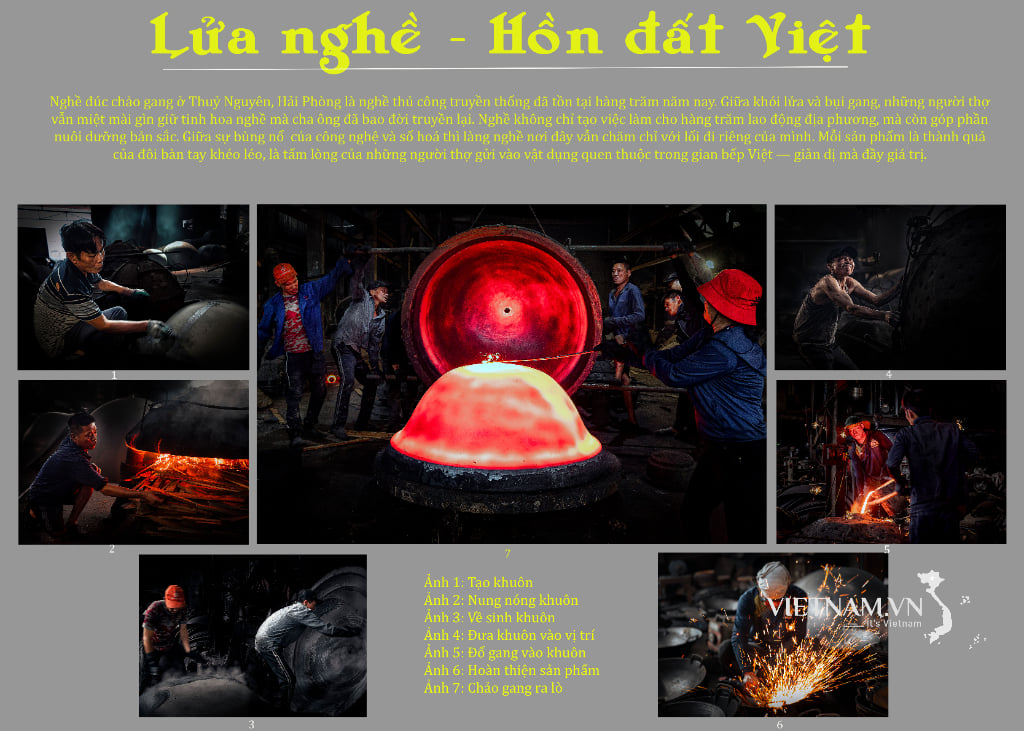

Comment (0)